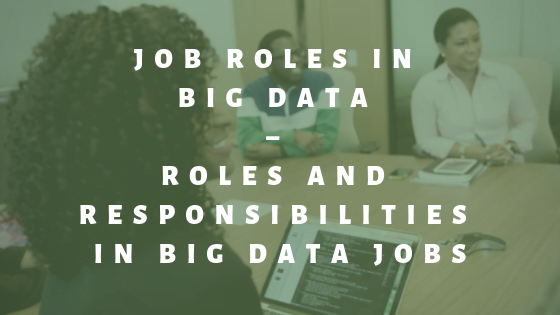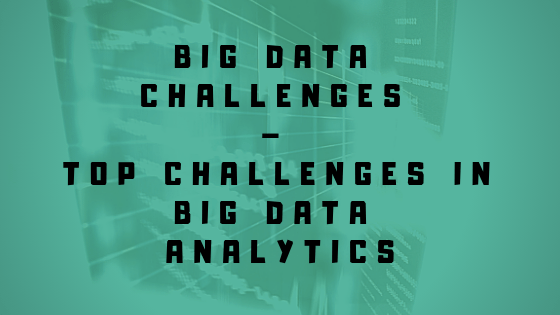Big data drove an estimated approximately $200 billion in IT spending in 2015. The main reason for this growth is the potential Chief Information Officers (CIOs) see in the greater insights and intelligence contained in the huge unstructured data.
Analysis of unstructured data requires new systems of record—for example, NoSQL databases which can forecast better and align their strategic plans and initiatives for an organization.
Big Data job opportunities attract many experienced and talented software engineers who are technically proficient and most importantly are passionate about what they do. Here are some of the job opportunities in Big Data space:
Here are some of the job opportunities in Big Data space.
Big Data Architect
Big Data Architect is expected to organize, administer, manages and govern Big Data on large clusters.
He also does documentation for Big Data based production environment involving Petabytes of data. Big Data Architect needs to have rich experience in Java, MapReduce, Hive, HBase, PIG, Sqoop, and so on.
He also administers Linux/Unix environments and designs Big Data Architecture involving Cluster node Configuration, namenode/datanode, connectivity, etc.
Big Data developer
A Big Data developer is the one who likes programming and wants to make the most out of it.
He needs to have hands-on experience in SQL, core Java, and any scripting language. Also, working knowledge of Big Data related technologies such as Pig, Hive, Python, NoSQL databases, Flume helps in accelerating his career growth.
Data Scientists
Data scientist is another tech-savvy name of this century which is slowly replacing the title of Business Analyst.
Data scientist professionals generate, evaluate, spread and integrate the knowledge gathered and stored in big data environments; therefore data scientists need to have an in-depth knowledge of business as well as data.
They basically design intelligent analytic models, write algorithms work with databases, and get involved in writing complex queries in databases, and so on.
Data scientists are different from traditional data analysts in the way that data scientists analyze data from various sources, instead of relying on a single source.
They are also expected to have experience in SAS, SPSS and programming languages such as R.
Hadoop Administrator
The prime role of Hadoop administrator is administering Hadoop and its database systems.
A Hadoop Administrator should have extensive knowledge on hardware system and Hadoop design principals.
They should be responsible for maintaining large clusters of hardware and should have strong scripting skills. Their core technologies include Hadoop, MapReduce, Hive, Linux, Java, Database administration.
Others
Apart from the above key roles in big data space, there are several other titles ranging from Hadoop Analyst to Hadoop Engineer, Hadoop trainer, Hadoop consultant and so on.





